Imagine this: Brittany, a 16-year-old soccer prodigy, wakes up one crisp autumn morning feeling like she's been hit by a truck. Her alarm blares, but instead of leaping out of bed with the usual fire in her belly, she hits snooze—again and again. Practices that once felt like playground adventures now drag on like endless sprints through mud. Her muscles ache not from a good workout, but from a bone-deep exhaustion that no amount of sleep seems to touch. Teammates notice her snapping at minor mistakes, and during games, that spark of joy? It's gone, replaced by a hollow dread. Sarah's not injured, but she's burned out—trapped in the silent storm that claims so many young athletes chasing dreams on fields, courts, and tracks across the world. Her story isn't unique; it's a wake-up call for anyone who loves sports, from weekend warriors to Olympians.
Athlete burnout isn't just "feeling tired"—it's a complex syndrome that drains the body and mind, turning passion into peril. Affecting everyone from kids in little league to pros in the spotlight, it blends physical wear-and-tear with mental fog, often leading to dropout, injury, or worse. Physically, burnout manifests as chronic fatigue, frequent illnesses, and nagging injuries that heal more slowly than usual. Your body, pushed beyond recovery, rebels with elevated heart rates at rest, weakened immune function, and even hormonal imbalances like cortisol overload, which can spike stress and crash energy.
Mentally, it's the invisible killer: irritability, anxiety, depression, and a profound loss of motivation. That inner drive? It fizzles, leaving athletes questioning why they ever laced up. Studies show up to 35% of elite athletes grapple with these mental health shadows, but it's not just pros—youth sports see burnout rates soaring as high as 50% in some surveys. Understanding the signs early is key: Watch for persistent exhaustion despite rest, cynicism toward training, or a dip in performance that's not explained by overtraining alone. For parents, coaches, and athletes of all ages—from a 10-year-old ballerina to a 40-year-old marathon runner—spotting these red flags can save seasons, and souls.
The causes of athlete burnout are as varied as the sports themselves, but they often stem from a perfect storm of pressure, imbalance, and unmet needs. Here's a breakdown of the top culprits:
- Overtraining Without Recovery: Pushing the body too hard, too often—think back-to-back practices with no off days—leads to physical exhaustion. For swimmers logging 5,000 meters daily or cyclists grinding hills endlessly, the cumulative stress overloads muscles and joints, inviting burnout.
- High Expectations and Pressure: External demands from coaches, parents, or self-imposed goals create a pressure cooker. In team sports like basketball, where wins define worth, or individual ones like tennis, where every match is a spotlight, this can erode enjoyment.
- Perfectionism: Ah, the double-edged sword. Perfectionists chase flawlessness, replaying every error like a bad highlight reel. This trait, common in sports like gymnastics or golf, fuels anxiety and self-criticism, turning training into torment. Research links "perfectionistic concerns"—that nagging fear of failure—to higher burnout risk, as it amplifies stress without allowing grace for growth.
- Lack of Autonomy and Fun: When sports feel like chores dictated by schedules or scouts, intrinsic motivation dies. Kids forced into elite clubs or adults stuck in rigid routines lose the joy that sparked their love for the game, whether it's scoring a goal or crossing a finish line.
- Poor Nutrition and Sleep: Fueling the engine with junk or skimping on Z's starves recovery. Dehydration in hot yoga sessions or carb crashes during triathlons exacerbate fatigue, while irregular sleep disrupts hormones, hitting mental clarity hard.
- Life-Sport Imbalance: School, work, or family demands clashing with training schedules leave no room for recharge. For a college track star juggling exams and meets, or a weekend soccer dad coaching kids, this spillover turns athletics into another stressor.
- Social and Environmental Factors: Bullying from teammates, inadequate coaching, or even pandemic disruptions can isolate athletes, breeding resentment. In contact sports like rugby, physical hits compound emotional ones.
These causes don't discriminate by age or sport—they hit a young skateboarder grinding rails as hard as a veteran triathlete pounding pavement. Perfectionism deserves a deeper dive: It's not just striving for excellence; it's the toxic belief that "good enough" isn't. Psychologists note that adaptive perfectionism (high standards with self-compassion) boosts performance, but maladaptive versions—rigid, fear-driven—spike burnout by 20-30% in studies. For all ages, reframing perfection as progress keeps the fire alive without the flames of exhaustion.
Even the greatest aren't immune. Top athletes have openly shared their burnout battles, inspiring recovery paths for everyday enthusiasts. Take Naomi Osaka, the tennis sensation who withdrew from the 2021 French Open and later the US Open, citing overwhelming media pressure and mental fatigue. Her signs? Tearful pressers and a spark dimmed by scrutiny. To recover, Osaka took a hiatus, sought therapy, and set boundaries—like skipping some press conferences—returning stronger, winning majors and advocating for mental health.
Then there's Simone Biles, gymnastics GOAT, who stunned the world by pulling out of multiple events at the 2020 Tokyo Olympics due to "twisties" tied to burnout and trauma. The physical toll of flips met mental overload from expectations. Biles prioritized therapy, rested, and returned for the 2024 Paris Games, snagging three golds and proving vulnerability is victory.
Swimmer Anthony Ervin, who battled depression and burnout post-2000 Olympics, retired young only to comeback at 35 for gold in 2016. His fix? Mindfulness, surfing for fun, and reframing success beyond medals.
And mountain biker Katy Winton stepped away from the 2022 World Cup circuit after exhaustion sidelined her; rebuilding with yoga, nutrition tweaks, and low-stakes rides brought her back vibrant. These stars show recovery isn't linear—it's therapy, breaks, and reclaiming joy, lessons scaling from peewee leagues to pro circuits.
Prevention is where science shines, offering evidence-based shields against burnout's siege. Longitudinal studies emphasize early detection: Monitoring mood and performance via apps or journals catches issues before they cascade, with one review of 20+ studies showing personalized interventions—like tailored rest plans—cut burnout risk by 40%. Enter self-determination theory (SDT), backed by decades of research: Fostering autonomy (choosing drills), competence (skill-building feedback), and relatedness (team bonds) slashes exhaustion.
A 2024 AAP study on youth athletes found autonomous training lowered burnout by promoting intrinsic motivation over external rewards. Mindfulness meditation, per a 2019 meta-analysis of 15 trials, reduces burnout symptoms by 25% by lowering cortisol and boosting focus—think 10-minute sessions before practice, accessible for a kid's T-ball or an adult's spin class. Rest isn't fluffy; it's physiological gold.
The National Athletic Trainers' Association (NATA) recommends periodized training—alternating high/low intensity—with at least one rest day weekly, preventing overtraining syndrome (OTS), where unchecked stress elevates inflammatory markers like IL-6. For mental aspects, cognitive-behavioral techniques (CBT) rewire perfectionist thoughts, with trials showing 30% mood improvements.
Across sports, these strategies work: Runners use heart rate variability (HRV) trackers for recovery cues, while team players build "fun Fridays" for lighthearted scrimmages. Science agrees—prevention isn't optional; untreated burnout paves roads to depression, injury, and dropout, per APA findings.
Why keep sport fun? Because fun is the antidote to burnout's poison. At its core, joy fuels resilience, turning grueling sessions into adventures. Psychologically, intrinsic motivation—doing it for love, not glory—buffers stress, as SDT research shows athletes with "fun-first" mindsets report 50% less exhaustion. For kids, fun prevents the 70% youth dropout rate by age 13; imagine a 12-year-old golfer dreading drills versus giggling over goofy putts. Adults, too— a burned-out weekend warrior might quit cycling if it's all Strava stats, but trail laughs with friends? That's sticking power. Fun rewires the brain: Dopamine from play enhances learning and recovery, countering cortisol's creep. In diverse sports, from yoga's mindful flows to soccer's chaotic cheers, infusing play—like themed practices or post-game rituals—keeps all ages hooked. Without it, sports become jobs, and who burns out faster than overworked employees? Prioritize play; it's the spark that sustains.
Diet and supplements play starring roles in staving off burnout by sustaining energy and aiding recovery—vital for physical and mental stamina. Start with basics: A balanced plate powers the engine. Complex carbs like oats or sweet potatoes provide steady glucose, preventing mid-training crashes that mimic mental fog. Proteins—lean chicken, eggs, or plant-based quinoa—repair muscles, reducing injury risk, while healthy fats from avocados or nuts support hormone balance, curbing mood swings. Hydration is non-negotiable; dehydration zaps 20% performance and amps fatigue. For all ages, portion control matters: Kids need colorful veggies for micronutrients, adults more omega-3s from salmon to fight inflammation. Timing counts—pre-workout carbs for fuel, post for rebuild.
Supplements bridge gaps when diets falter, but choose wisely. Electrolyte packets restore salts lost in sweat, vital for endurance sports like running or swimming, maintaining energy without cramps. BCAAs (branched-chain amino acids) reduce muscle soreness, per studies, keeping you mentally sharp. Creatine boosts ATP for high-intensity bursts, safe for teens and pros alike. Caffeine in moderation perks without jitters, ideal for early-morning swims.
Enter Xendurance, a game-changer for athletes eyeing sustained energy. Their clinically proven lineup targets endurance and recovery head-on. Extreme Endurance slashes lactic acid buildup by up to 44% in trials, letting runners or cyclists push longer without the burnout wall. Fuel 5, a natural, energy-lactate formula, delivers quick carbs and electrolytes for long hauls, stabilizing blood sugar to fend off mental dips—perfect for marathoners, cyclists, and ultra-distance runners. Focus, a science-infused nootropic, sharpens cognition during fatigued states, helping gymnasts or skiers stay mentally locked in. Xendurance's Sport Certified status ensures purity, no banned substances—safe for youth soccer stars to senior triathletes. Integrate them with a balanced diet, and they keep energy humming, preventing that drained feeling across sports.
In wrapping up, athlete burnout isn't inevitable—it's a signal to recalibrate. From Brittany's soccer slump to Biles' bold stand, stories remind us: Listen to your body and mind. Spot signs early, tackle causes like perfectionism head-on, and lean on science-proven prevention. Keep it fun, fuel smart with diet and gems like Xendurance, and sports stay a lifelong love. Whether you're a sprightly kid on the court or a seasoned trailblazer, reclaim the joy—your best performance awaits.


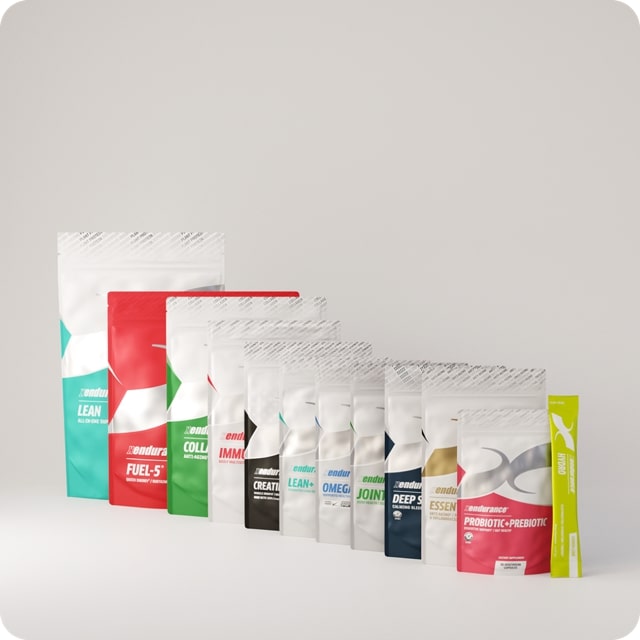
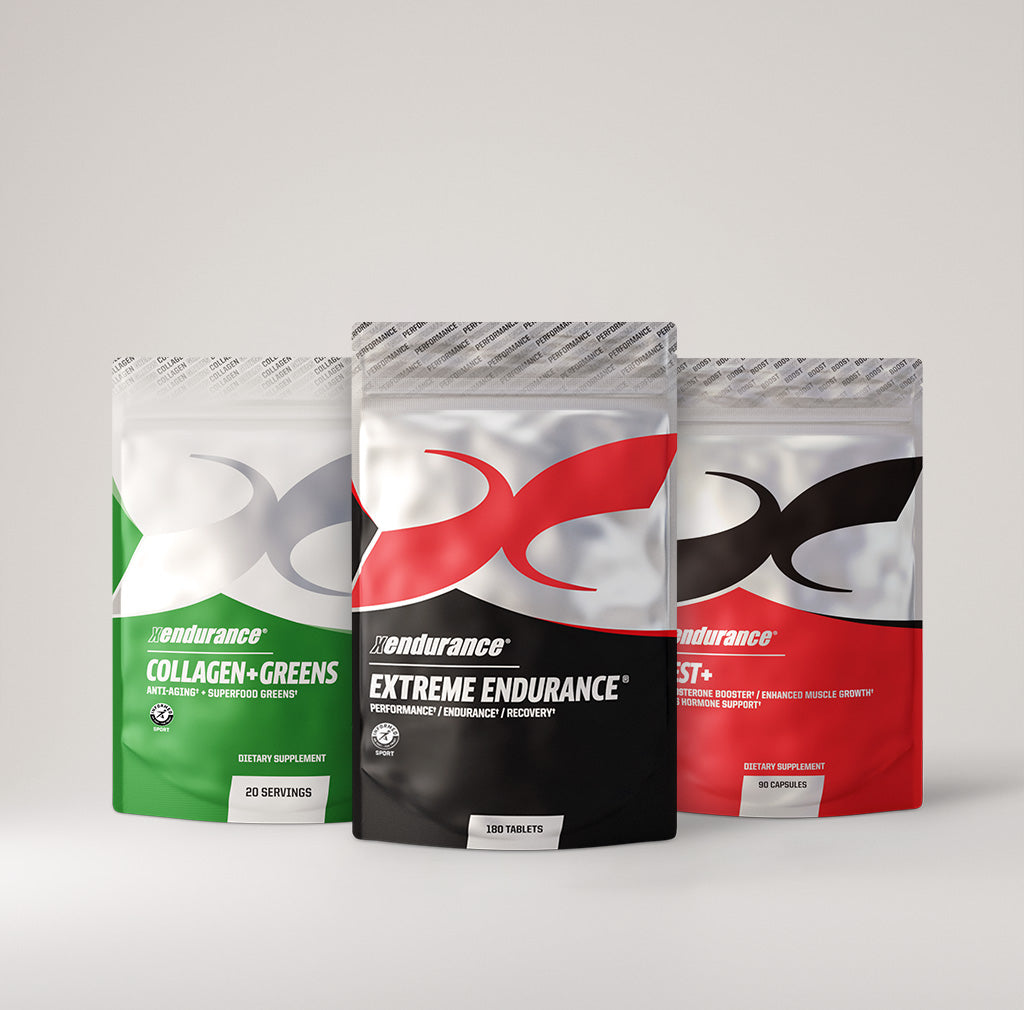

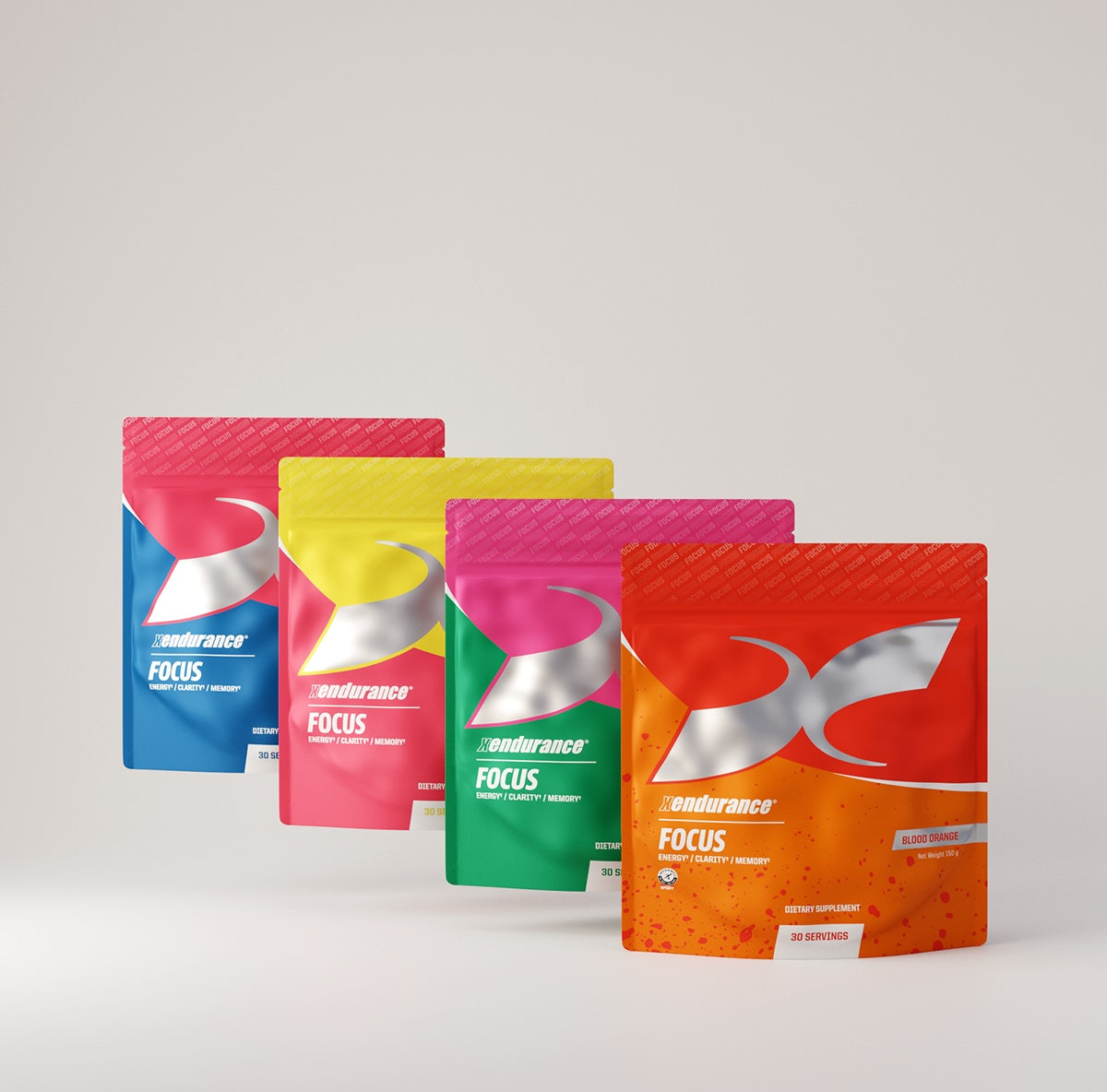
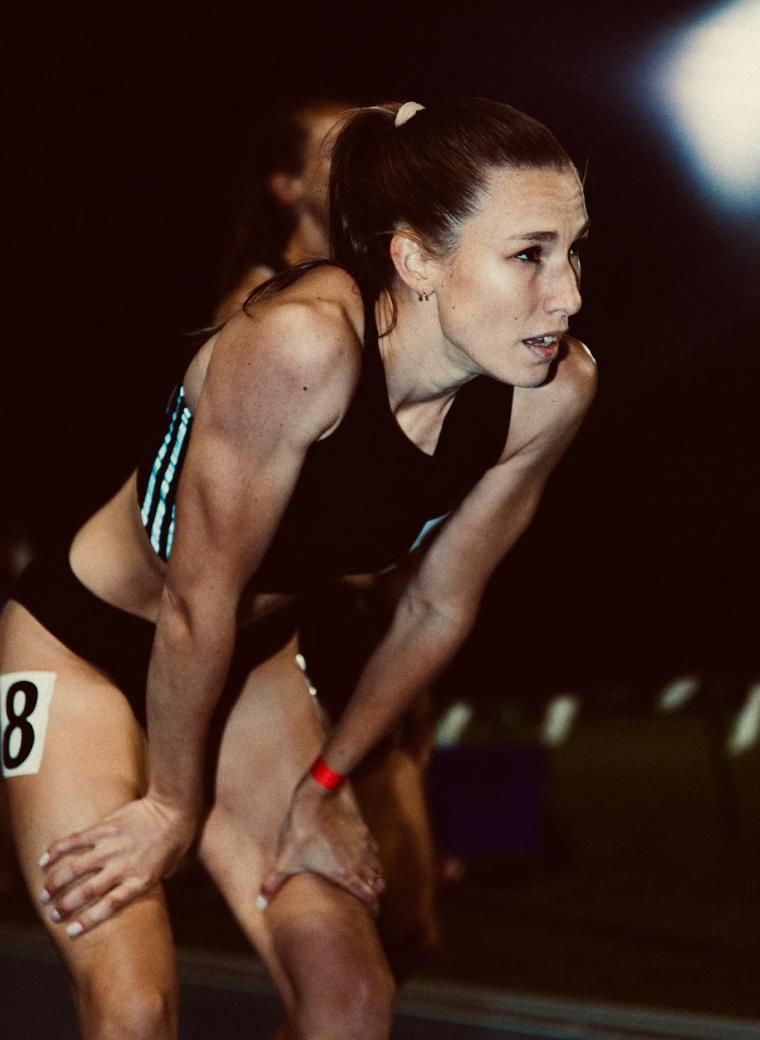
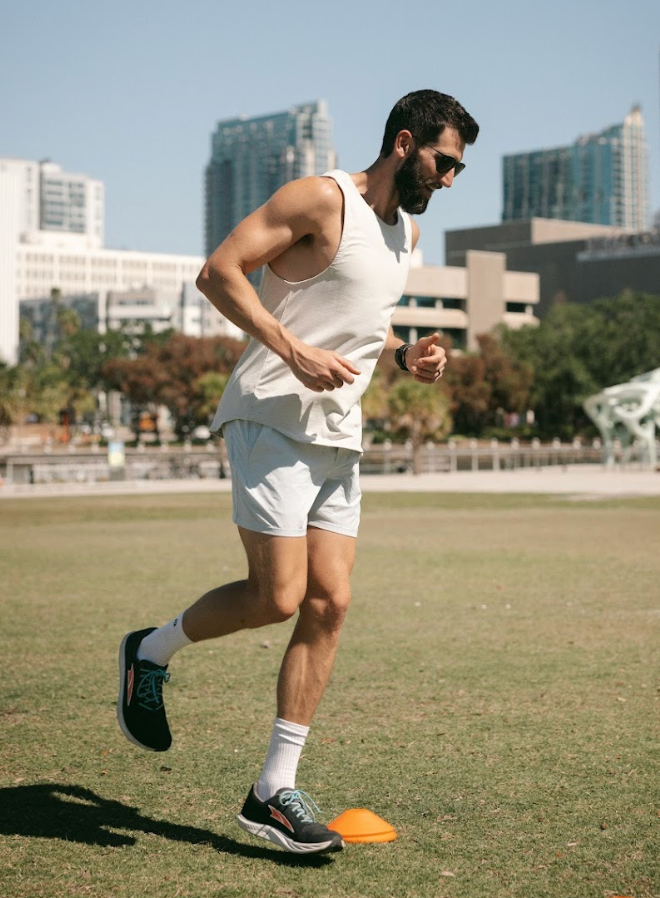
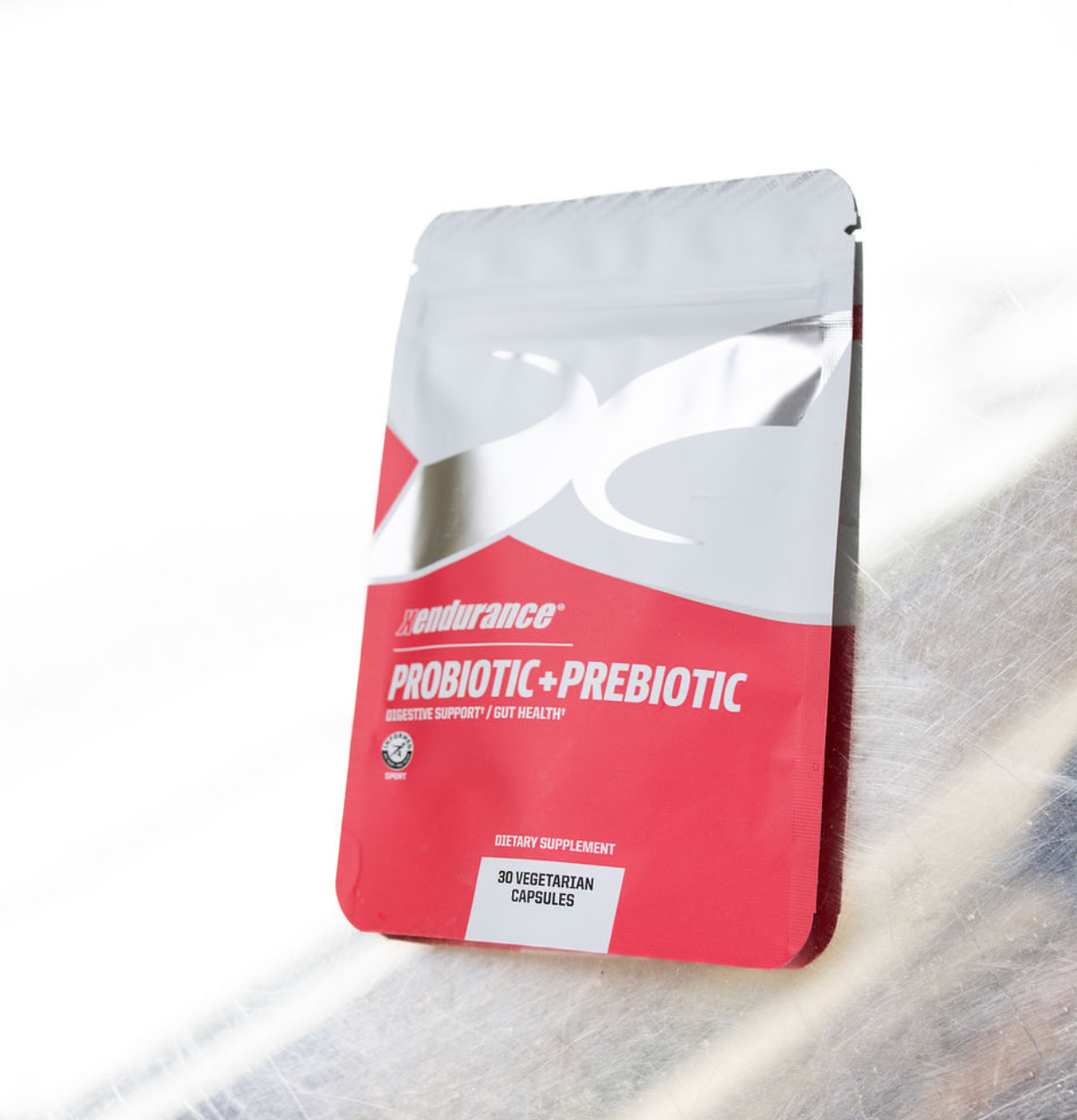
コメントを書く
このサイトはhCaptchaによって保護されており、hCaptchaプライバシーポリシーおよび利用規約が適用されます。